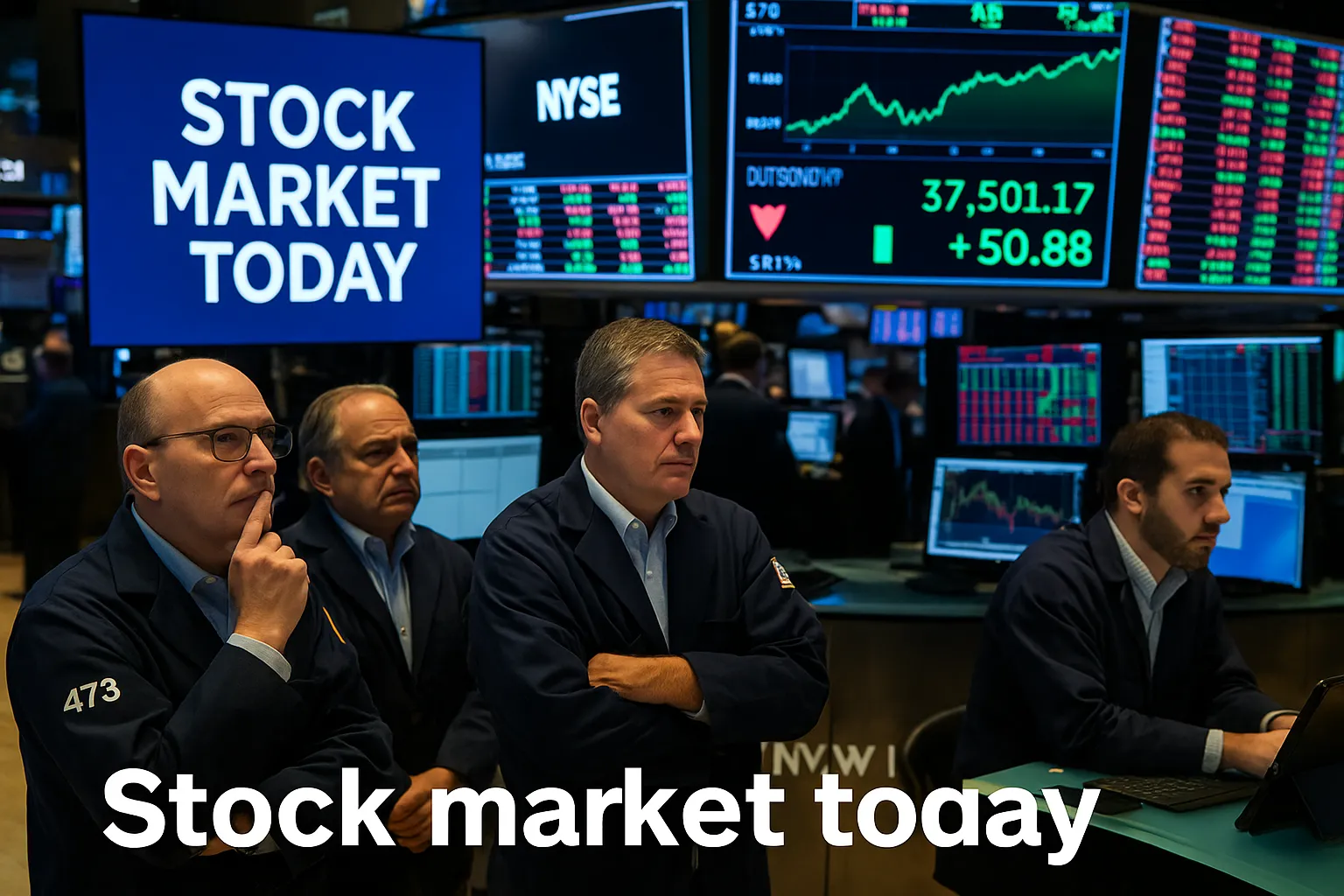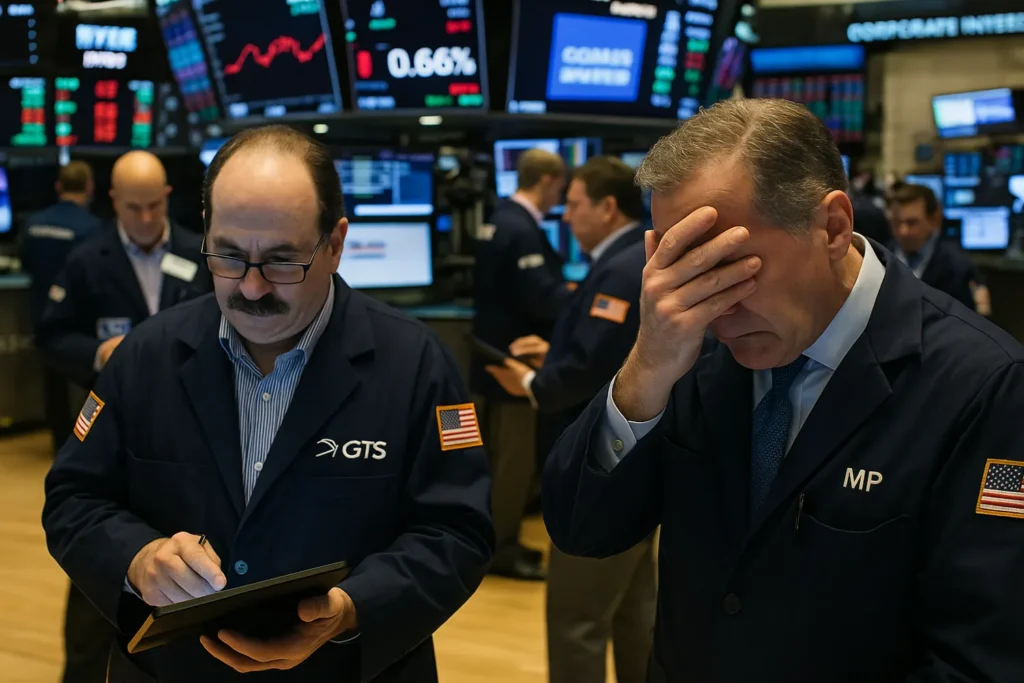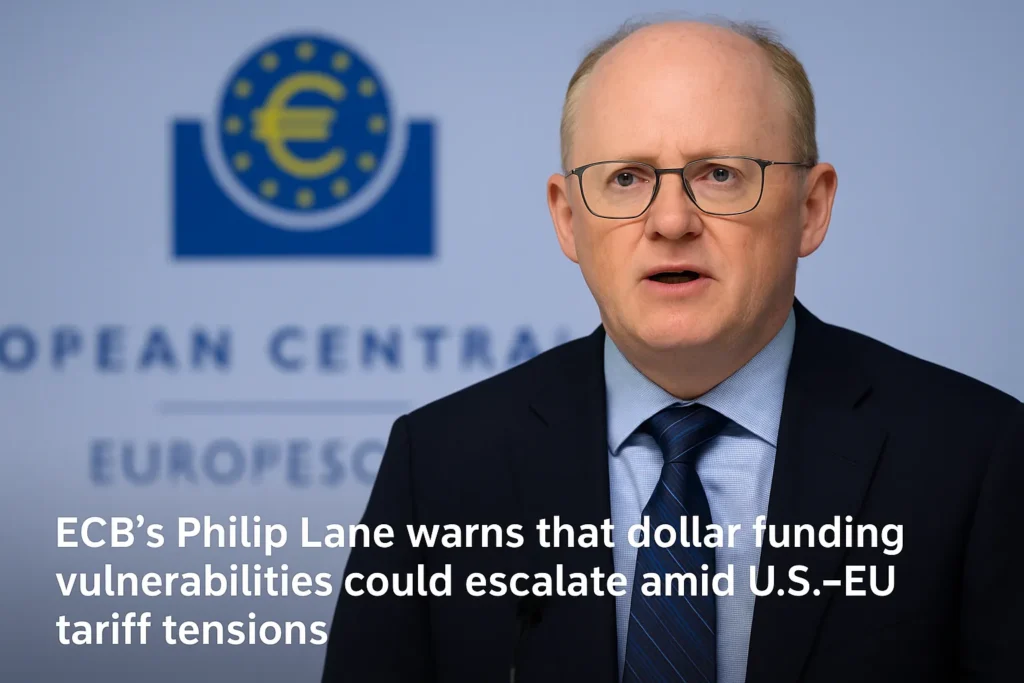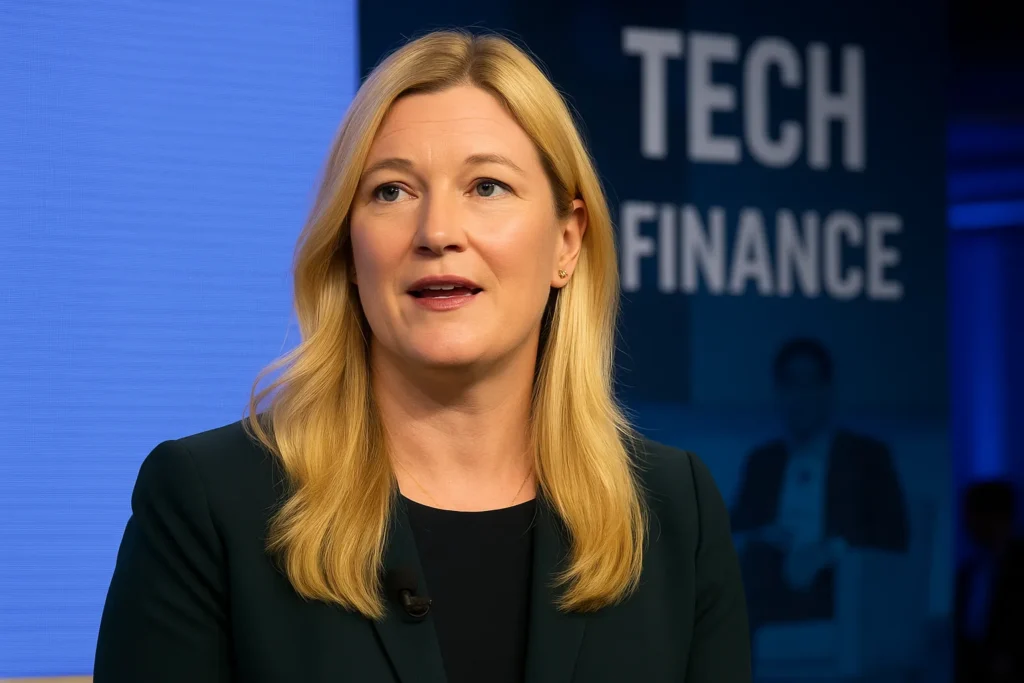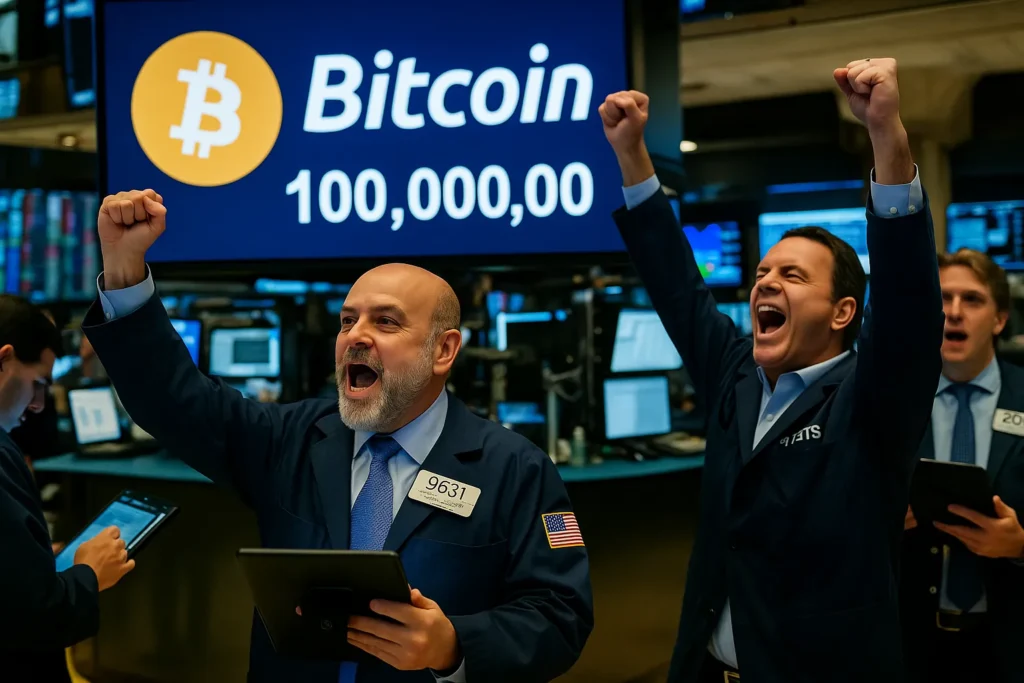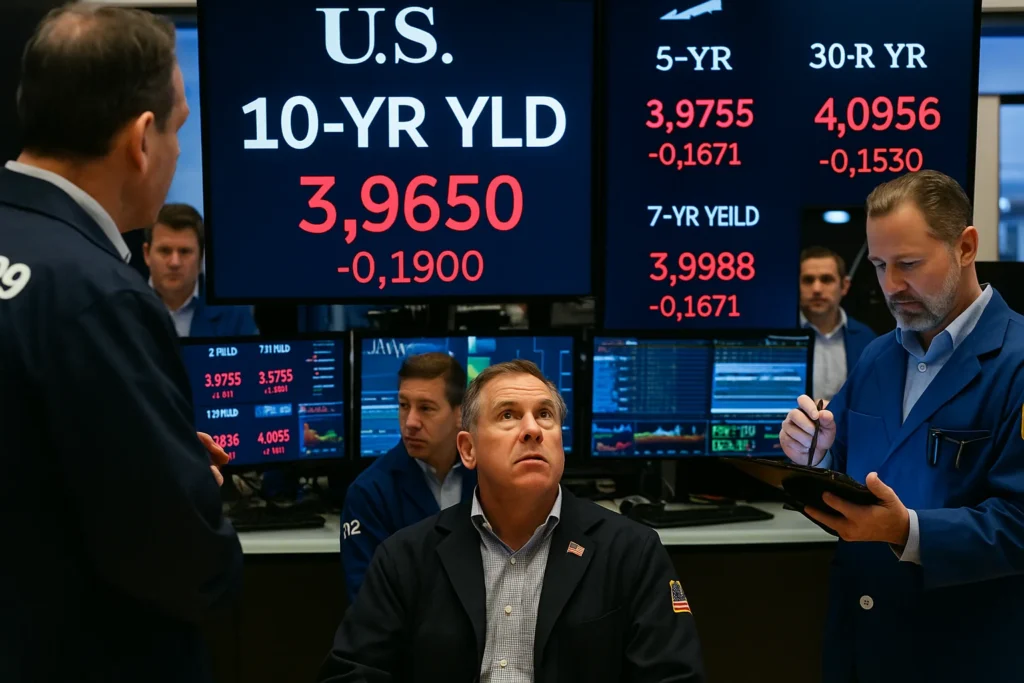The stock market today delivered modest gains, with the Dow and S&P inching upward despite a political storm threatening Washington. Investors juggled optimism over economic data with dread that a government shutdown could derail key labor reports crucial for Federal Reserve policy. Behind the calm headlines lies a volatile reality: Wall Street isn’t climbing because it believes in stability. It’s climbing because it has no other choice.
Context: the official narrative
Mainstream coverage by Bloomberg emphasized the market’s resilience. The Nasdaq 100 rose 0.4%, reversing part of a 1% drop earlier in the day. Pending home sales reached a five-month high, boosting optimism about consumer demand. Treasury yields eased across the curve, offering some relief to equity markets.
According to this narrative, the stock market today reflects confidence that even if politics stalls, the economy retains enough momentum to withstand turbulence. It paints a picture of Wall Street as calm, rational, and insulated from the games in Washington.
Oppositional Argument: what the narrative ignores
But let’s be honest: this optimism is fragile, almost delusional. The stock market today is moving on fumes, not fundamentals. Wall Street is betting that the Federal Reserve will hesitate to hike rates further if the shutdown disrupts data flow. That isn’t confidence—it’s a gamble on dysfunction.
Markets are not celebrating strength; they are pricing in chaos. When investors cheer weaker data or government paralysis, that’s not resilience—it’s desperation. This narrative conveniently ignores how fragile the system has become, propped up by liquidity and political brinkmanship rather than genuine growth.
Analytical Breakdown: signals beneath the surface
Why the climb? Three forces stand out:
- Government shutdown threat: If agencies close, labor market data will be delayed. That buys Wall Street more time to pressure the Fed into cutting sooner rather than later.
- Falling Treasury yields: Lower yields temporarily ease the cost of capital. But this relief is artificial, driven by uncertainty rather than fundamentals.
- Housing data: Pending home sales surged, but housing remains volatile. Mortgage rates remain near record highs, pricing many families out of the market.
The consequence? Investors are locked into a short-term cycle: celebrate any disruption that keeps the Fed dovish, ignore structural weaknesses, and pray the system holds together. It’s a market strategy built not on confidence but on avoidance.
Human Perspective: how it hits ordinary people
For ordinary Americans, the stock market today offers little comfort. Rising stocks don’t pay for higher rents, food inflation, or shrinking job security. If anything, the disconnect between Wall Street’s cautious gains and Main Street’s ongoing struggles exposes the deeper flaw: a market system detached from reality.
A shutdown means furloughed workers, delayed paychecks, and uncertainty for families already stretched thin. Meanwhile, traders celebrate because missing data might force Jerome Powell to pause. That’s not economic strength; it’s opportunism dressed as resilience.
Counterarguments
Optimists argue that markets reflect forward-looking growth and that consumer strength will carry the economy through. But even if consumers remain employed, they are increasingly leveraged. Credit card balances hit record highs, auto loan delinquencies rise, and student loan repayments loom. Betting on consumer resilience while ignoring these pressures is reckless.
Conclusion: my judgment
The stock market today is not signaling confidence—it’s broadcasting anxiety. Investors are clinging to fragile gains while secretly betting on dysfunction to keep the Fed at bay. Washington’s brinkmanship and Wall Street’s opportunism combine into a dangerous cocktail: short-term rallies masking long-term fragility.
When the smoke clears, no one will remember a 0.4% gain on the Nasdaq. But they will remember if a shutdown tips the economy into crisis. And then Wall Street’s “resilience” will be exposed for what it really is: denial.
External Links
46 views
